Why you can trust TechRadar
Nikon Z6: performance
- 12fps burst shooting speed
- EVF is large and bright
- Touchscreen works well
Along with resolution and focusing, the other key difference between the Z7 and Z6 is burst shooting speed. While the Z7 is capable of 9fps, the Z6 is that bit quicker at 12fps – that's also a touch quicker than the Alpha A7 III's 10fps, and matches Nikon's flagship D5 DSLR.
As we saw with the Z7, though, the buffer on the Nikon Z6 is quite modest, although it should still be more than satisfactory for most users. Using a 64GB Sony XQD card with both 400MB/s read and write speeds, we managed 35 raw files at 12fps (12-bit NEF files); the burst shooting speed drops to 9fps for 14-bit NEF files, with a slightly reduced buffer of 33 raw files. Things are a lot better if you drop down to 5fps, with 200 raw files captured at this rate.
Want to shoot silently? The Z6 has a quiet shooting mode that sees an electronic shutter take over from the Z6's mechanical shutter for stills capture – the only slight annoyance is that this is buried down at the bottom of the Photo Shooting Menu, and isn't an option in the Z6's drive mode list.
If you're making your first foray into using an electronic viewfinder (EVF), moving from an optical unit on a DSLR, any concerns you might have will be quickly dispelled.
Raise the camera to your eye and you're greeted by a remarkably large and bright display. It really is excellent, with a decent cluster of shooting information around the perimeter of the screen, while the fast refresh rate means it has a very organic feel. Side-by-side, we reckon the quality of the Z6's EVF just edges the Alpha A7 III's.
The Z6's 3.2-inch tilt-angle display is a touch bigger than the A7 III's 3.0-inch display, while the higher resolution offered by the Z6's screen (2.1m versus 920K dots), means the clarity and sharpness are that bit better too.
Nikon has also integrated a much wider degree of touchscreen control on the Z6 compared to Sony's A7 III. While on the A7 III touch control is limited to focus selection, triggering the shutter (by tapping the screen), and reviewing images, the Z6 also offers control over navigation of the menu and settings, making it that bit more useful.
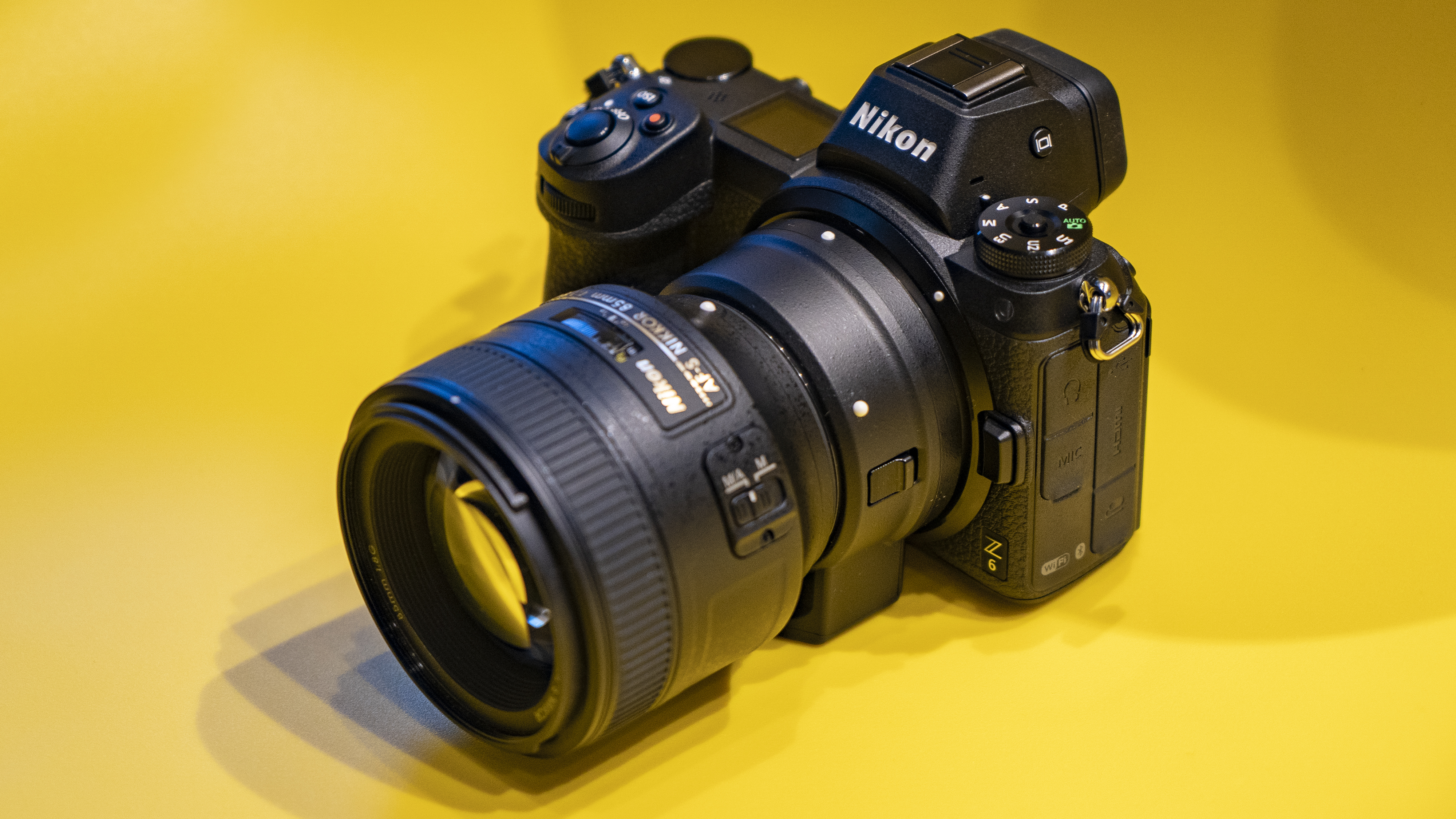
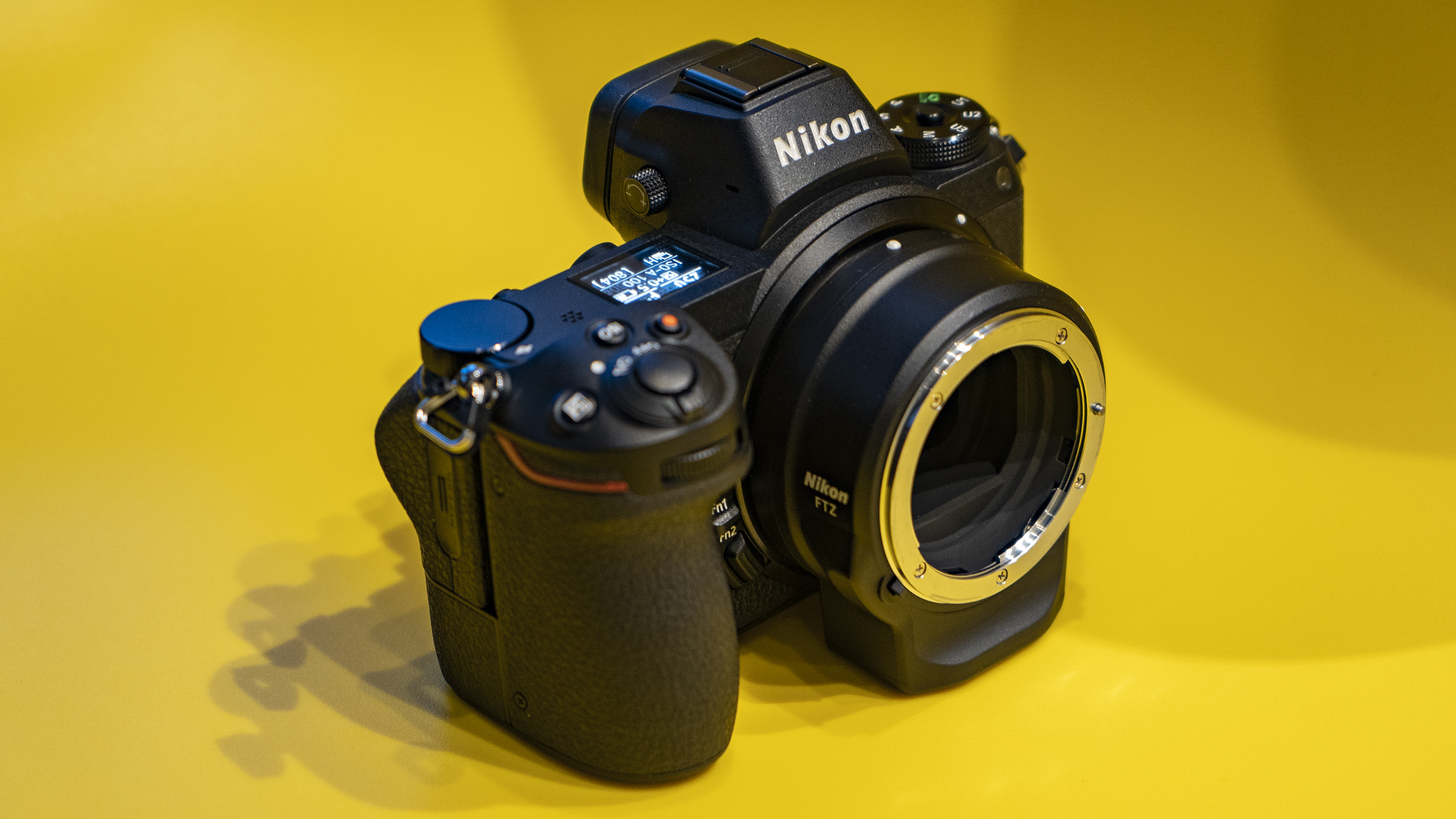
The Z6's in-body image stabilization system is excellent, delivering sharp images at much slower shutter speeds than would otherwise be possible. Depending on your technique, we found we could shoot as slow as 1/8 sec and still come away with sharp shots. It’s also nice and easy to check focus – when reviewing images on the rear display simply double-tap the rear display and the Z6 will magnify the image, zooming in on the area you focused on.
As mentioned, while the official 310-shot battery life is disappointing, in real-world tests the stats are much better. Using a combination of the EVF and rear screen, along with a mixture of single shot and burst shooting, we captured 310 shots with 50% battery life still left.
Nikon Z6: image quality
- Excellent sharpness and detail
- Strong high ISO performance
- Dynamic range offers plenty of flexibility
Are 24.5 megapixels enough for you? That's going to come down to what you shoot and how you plan to present your images, but for many the results from the Nikon Z6's sensor will be more than hi-res enough.
Testing the Z6 with the excellent new 24-70mm f/4 and 35mm f/1.8 S-Line lenses, we were suitably impressed with the image quality. Metering is spot on, with a tendency to expose for the highlights to ensure detail isn't blown out, while images look punchy and well saturated. Detail is also very good – more densely populated sensors certainly have the edge, but with quality optics on the front of the Z6 you can capture images rich in detail, and with excellent corner-to-corner sharpness.

Click here to see the full-size image
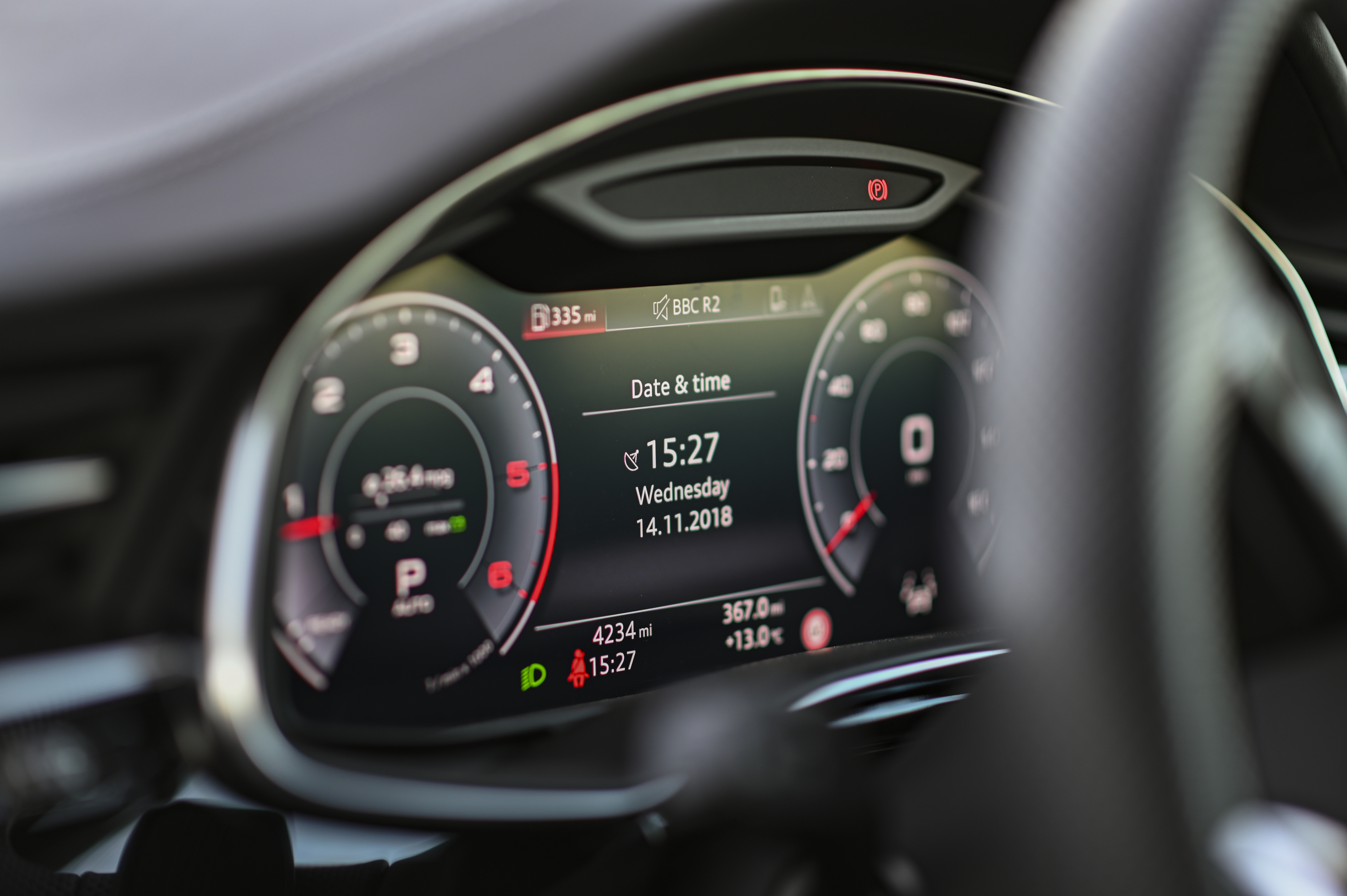
Click here to see the full-size image
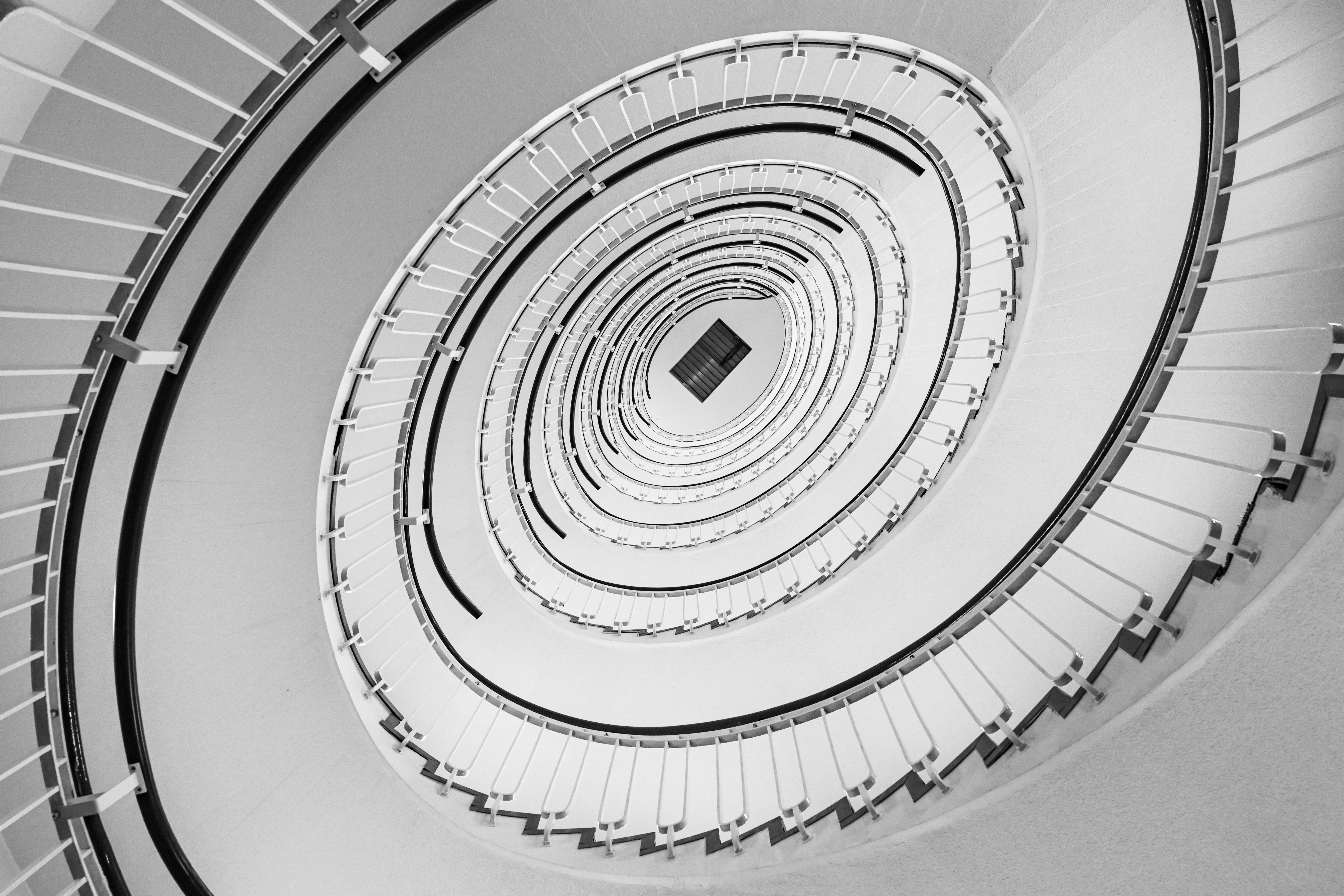
Click here to see the full-size image

Click here to see the full-size image

Click here to see the full-size image

Click here to see the full-size image
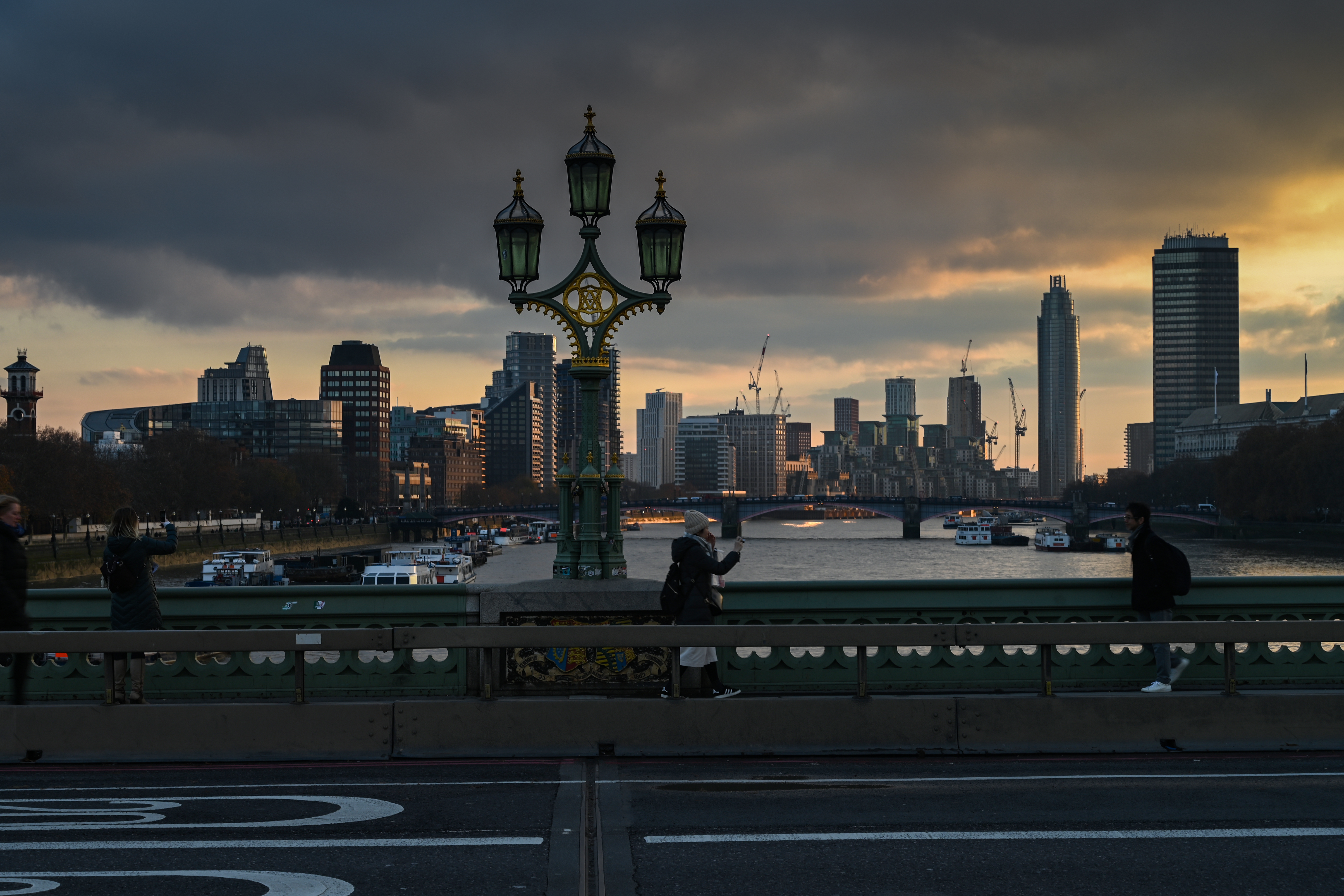
Click here to see the full-size image

Click here to see the full-size image

Click here to see the full-size image

Click here to see the full-size image
The Z6 also performs incredibly well across the ISO range; results at ISO1600 stand up to close inspection, with very little apparent difference between them and images captured at ISO100. Push beyond ISO1600, and while fine detail starts to suffer slightly, with some smoothing evident in JPEG files, shooting at ISO3200 and ISO6400 will still deliver very useable and satisfactory results. Push further still, and if you're prepared to spend a little time tweaking files in post-processing you can still come away with perfectly acceptable files at ISO12,800 at ISO25,600. We'd avoid going beyond those sensitivities unless absolutely necessary.
Dynamic range is also excellent, offering a huge amount of flexibility – it's possible to recover considerable levels of what would otherwise be lost shadow detail. What's especially impressive is that this flexibility isn't restricted to the lower sensitivity range of the camera – its possible to recover this shadow detail even at ISO1600 and 3200, and while it tails off above that, you can still push files to a useful degree.
Current page: Performance and image quality
Prev Page Build, handling and AF Next Page Verdict and competitionPhil Hall is an experienced writer and editor having worked on some of the largest photography magazines in the UK, and now edit the photography channel of TechRadar, the UK's biggest tech website and one of the largest in the world. He has also worked on numerous commercial projects, including working with manufacturers like Nikon and Fujifilm on bespoke printed and online camera guides, as well as writing technique blogs and copy for the John Lewis Technology guide.

